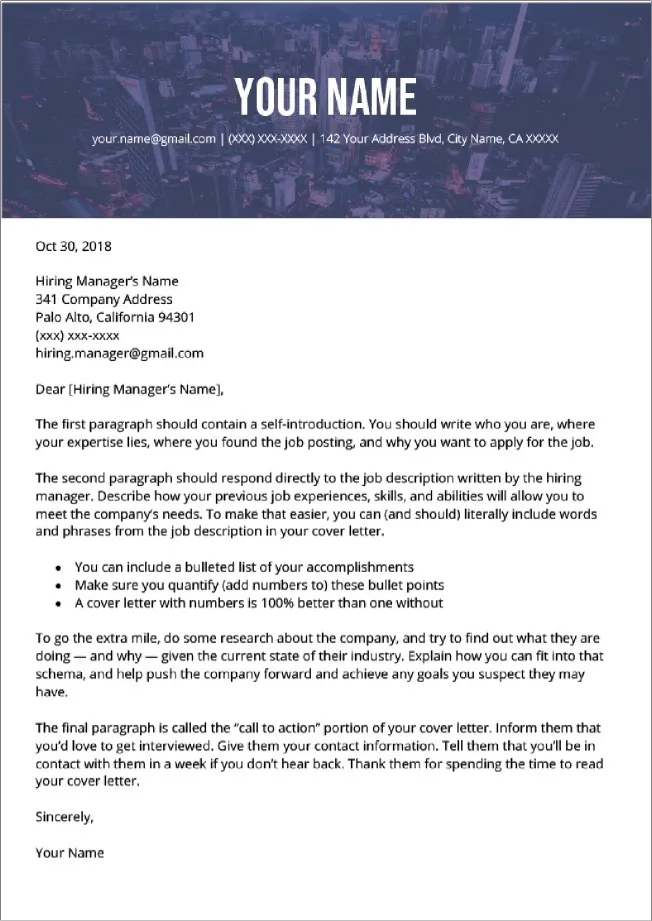Why Use Microsoft Word for Cover Letters?
Microsoft Word is a widely accessible and user-friendly software, making it an excellent choice for creating professional cover letters. Its ubiquity ensures that nearly everyone has access to it, eliminating the need for specialized software or online platforms. Word’s extensive features, from basic text formatting to advanced layout options, provide the flexibility to craft a cover letter that truly reflects your skills and personality. This ease of use, combined with its professional-grade capabilities, makes Microsoft Word the go-to choice for job seekers aiming to make a strong first impression. With the ability to create polished documents quickly and efficiently, using Microsoft Word for cover letters offers a practical and effective approach to your job application strategy. This allows you to focus on the content, ensuring your cover letter is both compelling and well-presented, increasing your chances of securing an interview.
Easy Access Benefits of Microsoft Word
One of the primary advantages of using Microsoft Word is its widespread availability. Word is pre-installed on many computers, and readily accessible through Microsoft 365 subscriptions, which are commonplace for both personal and professional use. This widespread access removes barriers to creating professional documents; you can start crafting your cover letter immediately without the need for downloads or installations. Additionally, its user-friendly interface simplifies the creation process, even for those with limited experience. The intuitive design allows users to easily navigate through features, format text, and customize the document to fit their needs. This ease of access and use streamlines the job application process, saving valuable time and reducing potential stress associated with more complex software. The convenience of Microsoft Word also ensures that you can work on your cover letter anytime and anywhere, facilitating flexibility and efficiency in your job search endeavors.
Formatting Flexibility with Microsoft Word
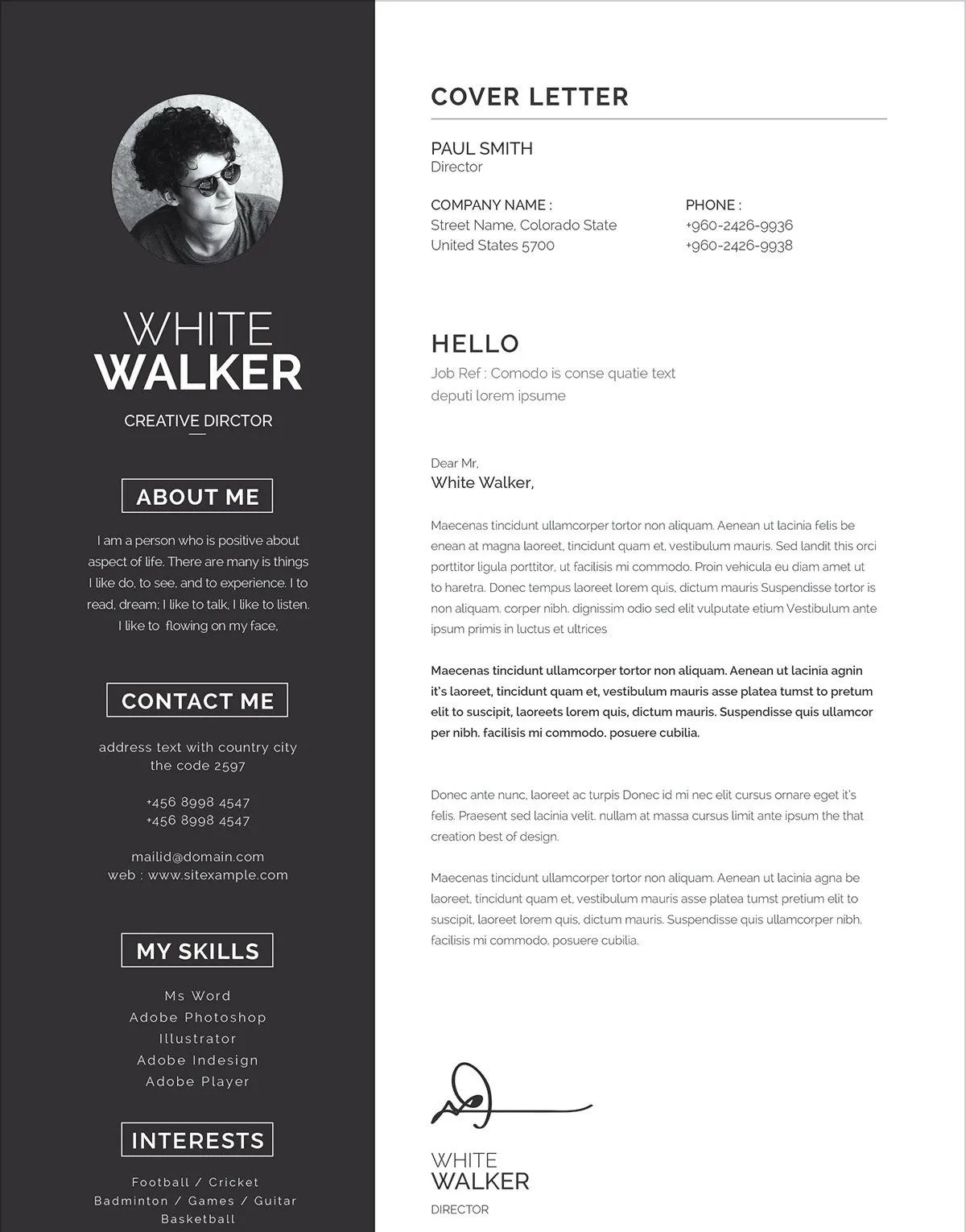
Microsoft Word offers a comprehensive suite of formatting tools that enable you to create a cover letter that’s both visually appealing and perfectly tailored to your needs. You have complete control over the layout, from font selection and size to paragraph spacing and margins. This level of customization allows you to reflect your personal brand and ensure your cover letter stands out. The software provides a range of pre-set templates, which you can customize to match your preferences. These templates serve as a solid foundation, saving you time while still allowing you to personalize your letter. Moreover, Word’s advanced formatting options, such as the ability to incorporate headers, footers, and tables, add a professional touch to your cover letter. You can also adjust the document’s alignment and indentation, further enhancing its readability and visual appeal. This flexibility in formatting makes Microsoft Word the perfect tool for crafting a cover letter that showcases your attention to detail and professionalism.
Downloading Free Cover Letter Templates
Accessing free cover letter templates is a simple and effective way to jumpstart your cover letter writing process in Microsoft Word. These templates provide a pre-designed structure, saving you time and ensuring a professional layout. They often include placeholders for your personal details, experience, and skills, making it easy to tailor the template to your specific needs. By starting with a template, you avoid the need to create a layout from scratch, allowing you to focus on crafting compelling content. Free templates are readily available from a variety of sources, including Microsoft’s official website and various third-party platforms, offering a diverse range of styles to suit different job applications. Using a template not only streamlines the creation process but also helps ensure your cover letter adheres to industry standards, increasing your chances of making a positive impression on potential employers. Many templates are also available for download in .docx format, guaranteeing full compatibility with Microsoft Word and enabling effortless customization.
Finding Reliable Template Sources
The key to maximizing the effectiveness of free cover letter templates lies in identifying reliable sources. When selecting a template, prioritize websites and resources known for their credibility and professional design standards. Look for sites that offer a variety of templates to cater to different industries and job types. Reliable sources typically provide templates that are well-formatted, free of errors, and easily customizable in Microsoft Word. Check for sites that frequently update their templates to reflect current industry trends and formatting conventions. Reputable sources often include user reviews or testimonials, which can give you insights into the quality and usability of their templates. Furthermore, it’s important to ensure the templates are compatible with your version of Microsoft Word. Websites such as those maintained by established career services or professional design platforms are excellent starting points. Careful selection of template sources can help you create a professional cover letter that effectively showcases your skills and experiences.
Microsoft’s Official Template Library
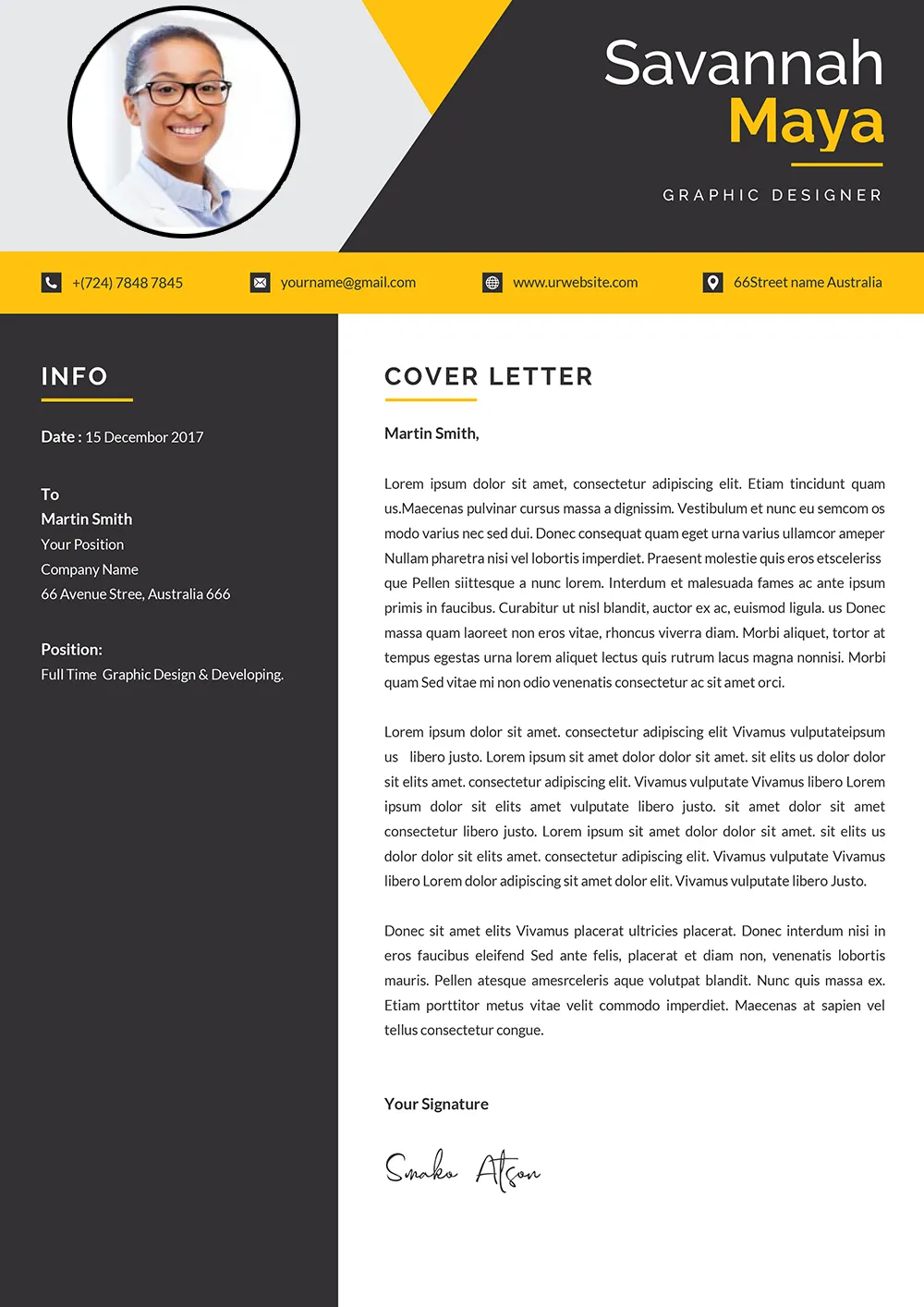
Microsoft’s official template library, accessible directly within Microsoft Word, is an excellent source for free cover letter templates. This integrated library offers a wide selection of professionally designed templates that cater to diverse job roles and industries. The advantage of using templates from Microsoft is their guaranteed compatibility with the software, ensuring a smooth customization experience. You can easily browse through the templates, preview them, and download the ones that best fit your requirements. The official library is frequently updated to include the latest design trends and formatting standards. Moreover, these templates are designed with ease of use in mind, featuring intuitive layouts and clear placeholders to guide you through the customization process. Using Microsoft’s official templates also ensures a consistent and professional appearance, making your cover letter polished and ready for submission. To access the library, simply open Microsoft Word, go to the ‘File’ menu, select ‘New,’ and search for ‘cover letter’ to explore the available options.
Third-Party Template Websites
In addition to Microsoft’s official library, numerous third-party websites offer a vast array of free cover letter templates. These sites often provide a wide variety of styles and designs, allowing you to find a template that perfectly aligns with your personal brand and the requirements of the job you are applying for. Some popular websites specialize in career resources and offer templates specifically designed for different professions, ensuring relevance and industry-specific formatting. When using third-party templates, it is crucial to choose reputable sources with positive reviews and clear licensing terms. Ensure that the templates are downloadable in a compatible format, such as .docx, for easy editing in Microsoft Word. Check the template’s structure and content to ensure they align with your needs and personal preferences. Customization is key when using templates from external sources; tailor the design to reflect your unique qualities and experiences. Sites like Canva, Resume.io, and others offer diverse options, often with the ability to customize colors, fonts, and layouts, providing a balance between professional design and personalization.
Customizing Your Cover Letter
Customizing your cover letter is essential to making it a unique and compelling document that stands out. This process goes beyond simply filling in the blanks; it involves tailoring the template to reflect your individual skills, experiences, and the specific requirements of the job you are applying for. Personalize the header with your contact information and create a professional design. The core of customization lies in tailoring the body of your letter to showcase how your skills and experiences directly address the employer’s needs. Use keywords from the job description to highlight your relevant qualifications and achievements. Ensure that your writing style aligns with the company culture. Take the time to review and revise every element of the template. This detailed approach to customization transforms a generic template into a powerful tool that enhances your chances of securing an interview.
Editing the Header and Contact Information
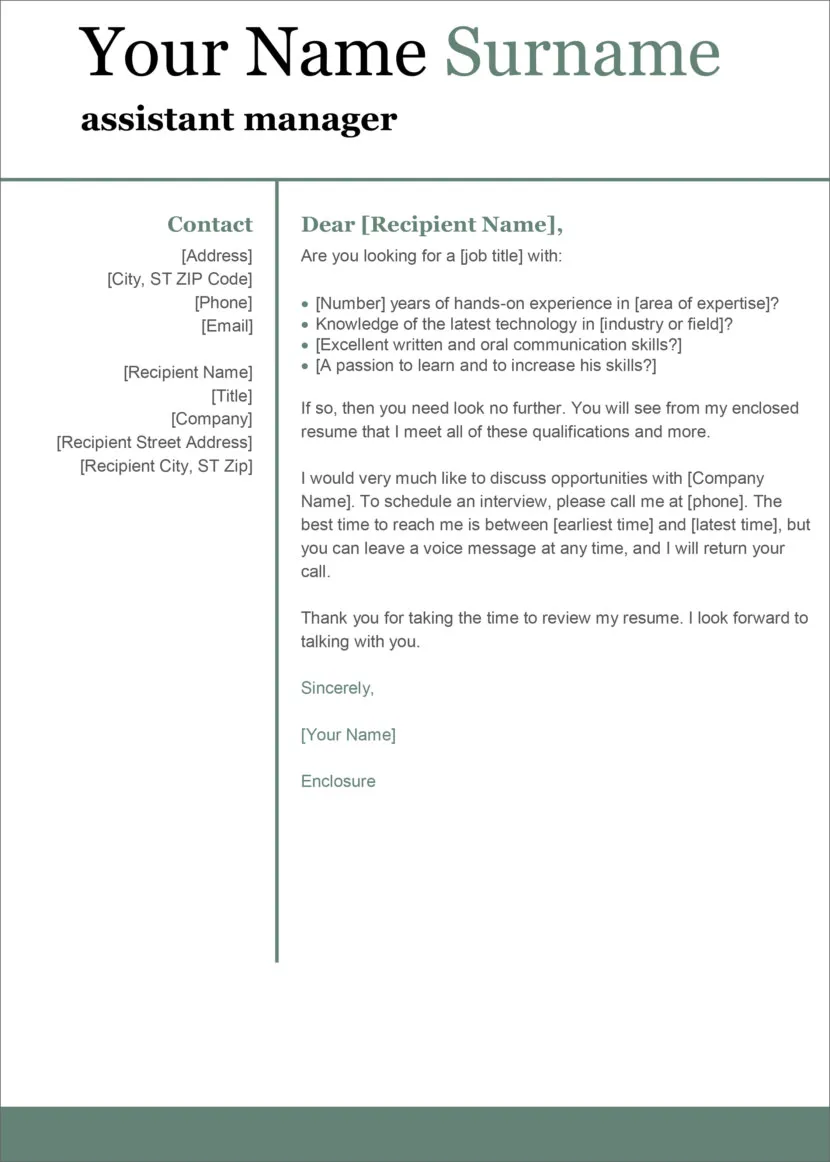
The header of your cover letter serves as the first point of contact and sets a professional tone. Start by ensuring that your contact information—name, address, phone number, and email address—is accurate and up-to-date. The layout of the header should be clear and easy to read, with consistent formatting throughout. Avoid using overly creative fonts or designs that might distract from the content. The standard format includes your name prominently displayed, followed by your contact details either below or to the side. You can also include the date and the employer’s contact information, though the placement may vary. Verify the accuracy of the employer’s name, title, and address to demonstrate your attention to detail. Use a professional email address, and double-check your phone number. Ensure the header is consistent with the design of your resume to present a cohesive brand. Proper formatting of the header is crucial to ensure your application looks polished and professional. This will give the reader a clear point of reference and help them easily contact you, improving the chances of your application being taken seriously.
Personalizing the Body Content
The body of your cover letter is where you connect your skills and experiences with the specific needs of the employer. Begin by addressing the hiring manager or the appropriate person. Next, tailor your introduction to grab the reader’s attention by stating your interest in the position and how you learned about it. In the main body, focus on highlighting relevant achievements, skills, and experiences that align with the job description. Use specific examples to illustrate your abilities. Use keywords from the job description to make sure your application gets past the Applicant Tracking Systems. Quantify your accomplishments whenever possible, providing concrete evidence of your value. When describing your work experience, emphasize what you accomplished rather than merely listing your responsibilities. Conclude your cover letter with a strong call to action, expressing your enthusiasm for the opportunity and inviting the employer to contact you for an interview. Always proofread carefully to ensure your letter is free of errors. Make certain that the tone and style of the letter reflect the company’s culture, while still maintaining your own voice and brand.
Formatting and Styling Tips
Effective formatting and styling are essential elements in creating a visually appealing and professional cover letter. The layout of your cover letter should be clean, easy to read, and free of distractions. Choose a professional font, such as Times New Roman, Arial, or Calibri, and maintain consistency throughout the document. A font size between 10 and 12 points is ideal for readability. Proper margins are also important. Set your margins to at least one inch on all sides to provide ample white space and prevent the text from appearing cramped. Use single-spacing within paragraphs and double-spacing between paragraphs for clarity. The use of headings and subheadings can further organize your content and make it easier for the reader to scan. Bullet points can be effectively used to highlight key skills or accomplishments. Maintain a consistent style across your cover letter, ensuring all elements align neatly and visually. Review the final document before submitting it to identify any inconsistencies in font, spacing, or alignment. Applying these tips will help you create a cover letter that is visually appealing and easy to read, greatly enhancing your professional image.
Choosing the Right Font
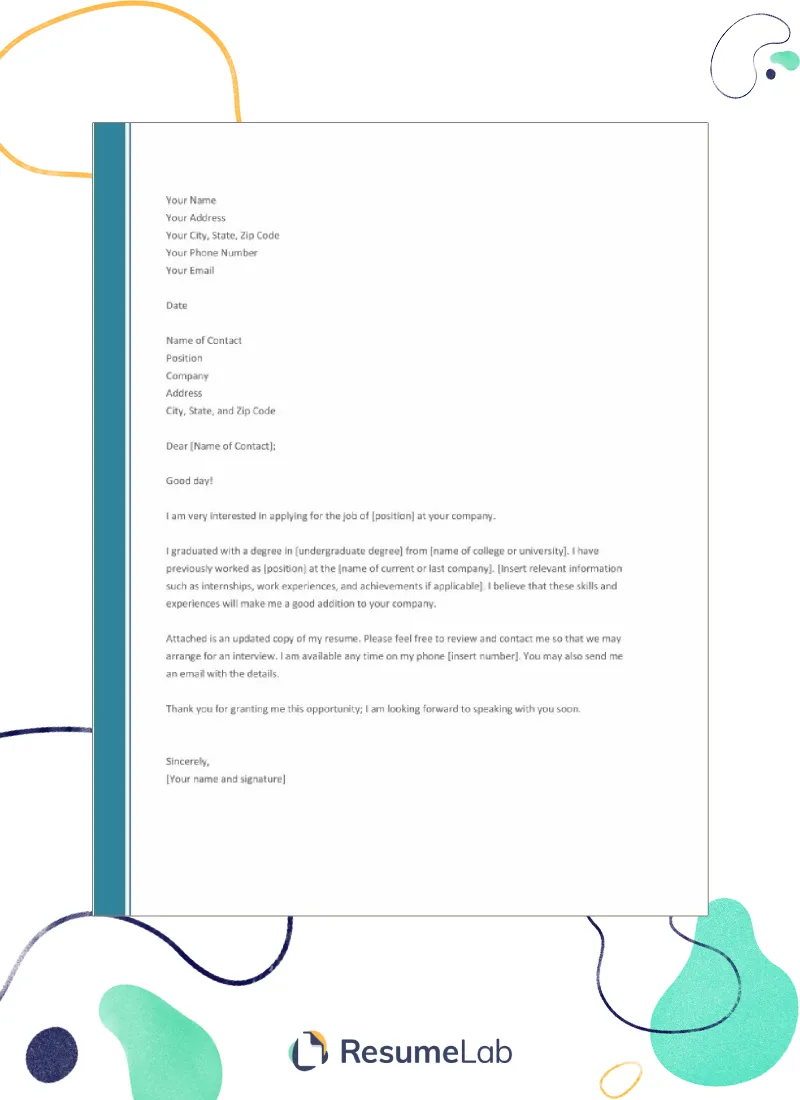
Choosing the right font for your cover letter is crucial for ensuring readability and conveying professionalism. Fonts like Times New Roman, Arial, and Calibri are commonly recommended and widely recognized for their clarity and ease of reading. These fonts are universally accessible, reducing the risk of display issues when the employer opens your document. The choice of font should reflect a balance between professionalism and personality. Avoid overly ornate or unusual fonts, which can distract from the content. Stick to standard fonts, ensuring that the text is legible at various sizes. Consider the style of font you choose. Serif fonts, such as Times New Roman, are often considered traditional and professional, while sans-serif fonts, such as Arial and Calibri, offer a cleaner, more modern look. Ensure consistency in the font selection throughout your document; do not mix fonts. Font size is also important; keep the size between 10 and 12 points. The right font choice will not only enhance the readability of your cover letter but also contribute to your overall professional image, making a positive impression on the hiring manager.
Adjusting Margins and Spacing
Proper margin and spacing settings are essential to enhance the visual appeal and readability of your cover letter. Adjusting margins correctly creates a clean and uncluttered layout, making the document easier on the reader’s eyes. Standard margins of at least one inch on all sides are usually recommended. This setting provides adequate white space around the text, preventing the document from appearing cramped. In Microsoft Word, you can easily adjust the margins by going to the ‘Layout’ tab and selecting ‘Margins.’ For spacing, use single-spacing within paragraphs and double-spacing between paragraphs. This spacing enhances readability and prevents the text from appearing too dense. Be sure to use consistent spacing throughout the document for a professional appearance. By adjusting the paragraph spacing, you can also visually separate different sections of your cover letter, such as the header, body paragraphs, and closing remarks. Proper spacing also helps in highlighting the key points of your cover letter. It’s important to keep your writing concise; the right balance of margins and spacing ensures the document looks professional and is easy to read, greatly improving your chances of a positive impression.
Proofreading and Saving Your Cover Letter
Proofreading and saving your cover letter correctly are crucial steps in finalizing a professional job application. Meticulous proofreading helps to identify and eliminate any grammatical errors, spelling mistakes, and typos, which can undermine your credibility. Carefully check the entire document for these errors, including the header, body paragraphs, and closing remarks. Correct any inconsistencies in formatting, such as font style, size, and spacing. A well-proofread cover letter demonstrates your attention to detail and commitment to quality. Moreover, saving your cover letter in the correct format is essential for ensuring that it is compatible with the employer’s systems. The best format for your cover letter is usually PDF. It ensures that the formatting will not be altered when opened on different devices or systems. By following these steps, you will provide a polished cover letter that enhances your chances of making a favorable first impression.
Essential Proofreading Steps
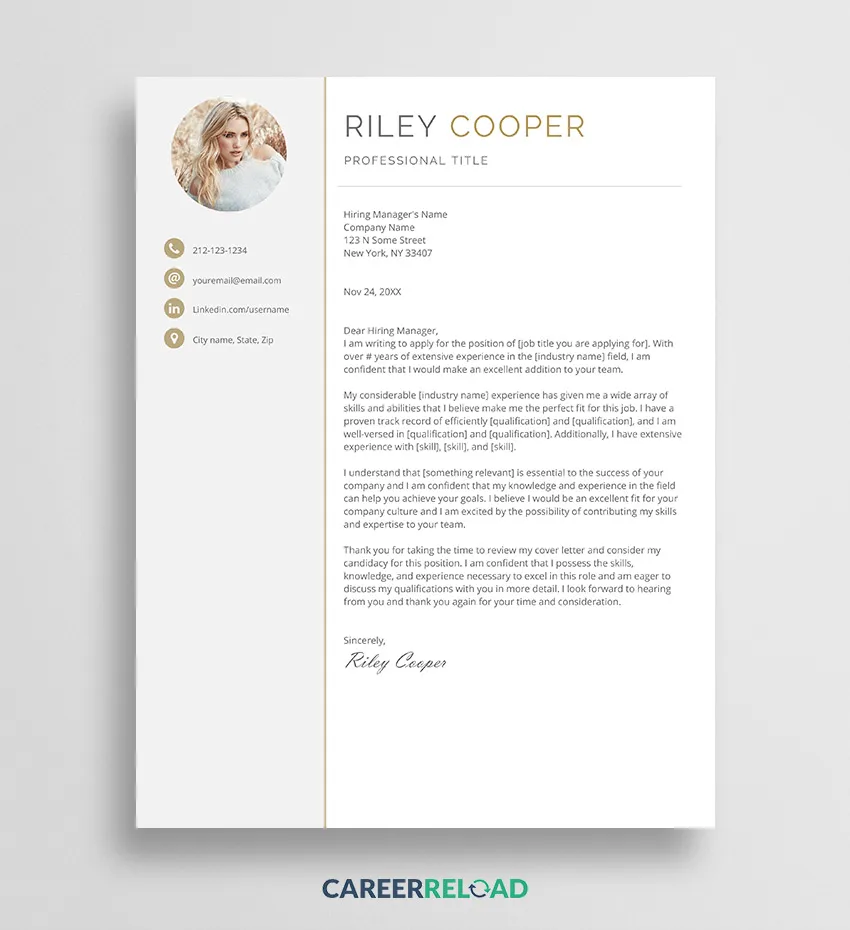
Proofreading your cover letter involves a series of steps designed to ensure its accuracy and professionalism. First, thoroughly review the document for any spelling or grammatical errors. Use Microsoft Word’s built-in spell check and grammar check tools, but remember these tools aren’t perfect; manually review the text. Check for any punctuation errors, ensuring commas, periods, semicolons, and other punctuation marks are used correctly. Pay close attention to sentence structure and ensure the language is clear, concise, and easy to understand. Read each sentence aloud to help identify awkward phrasing or run-on sentences. Ensure the tone of the letter is appropriate for the job and company. It is also helpful to have a second pair of eyes. Ask a friend, family member, or career counselor to review your cover letter. They might catch mistakes you missed. Double-check all names, titles, and contact information, as these are easy to overlook. Proofreading is a critical step in creating a polished, error-free cover letter that strengthens your job application and shows your diligence and professionalism.
Saving in PDF Format
Saving your cover letter in PDF format is the best practice for submitting it to potential employers. PDF, or Portable Document Format, preserves the layout, formatting, and fonts of your cover letter, no matter what device or operating system the recipient uses. This ensures that your carefully designed document looks exactly as intended, avoiding any layout issues or formatting distortions. To save your document as a PDF in Microsoft Word, click on ‘File,’ then select ‘Save As.’ In the ‘Save as type’ dropdown menu, choose ‘PDF.’ Before saving, double-check that the document looks correct in the preview. By saving your cover letter as a PDF, you will deliver a professional and consistent document that helps you make a positive impression. This simple step prevents potential formatting errors, enhances the overall presentation of your application, and increases your chances of being taken seriously.
Additional Tips for a Strong Cover Letter
To further improve your cover letter, there are several additional tips that can help you stand out. First, tailor your cover letter to each specific job application. Customize your letter to reflect the specific skills, experiences, and requirements listed in the job description. Focus on demonstrating how your qualifications align with the needs of the employer. Show, don’t just tell, by providing concrete examples of your achievements and skills. Quantify your accomplishments whenever possible, such as by using numbers to illustrate your results. Keep your cover letter concise, ideally one page long. Be clear and direct in your writing. Avoid jargon, clichés, and overly complex language. Use strong action verbs to begin your sentences. Proofread your cover letter multiple times, looking for any spelling or grammatical errors. Ensure that your cover letter reflects your enthusiasm for the role and the company. By following these additional tips, you will create a compelling cover letter. This increases your chances of getting noticed by potential employers.
Keywords and Action Verbs
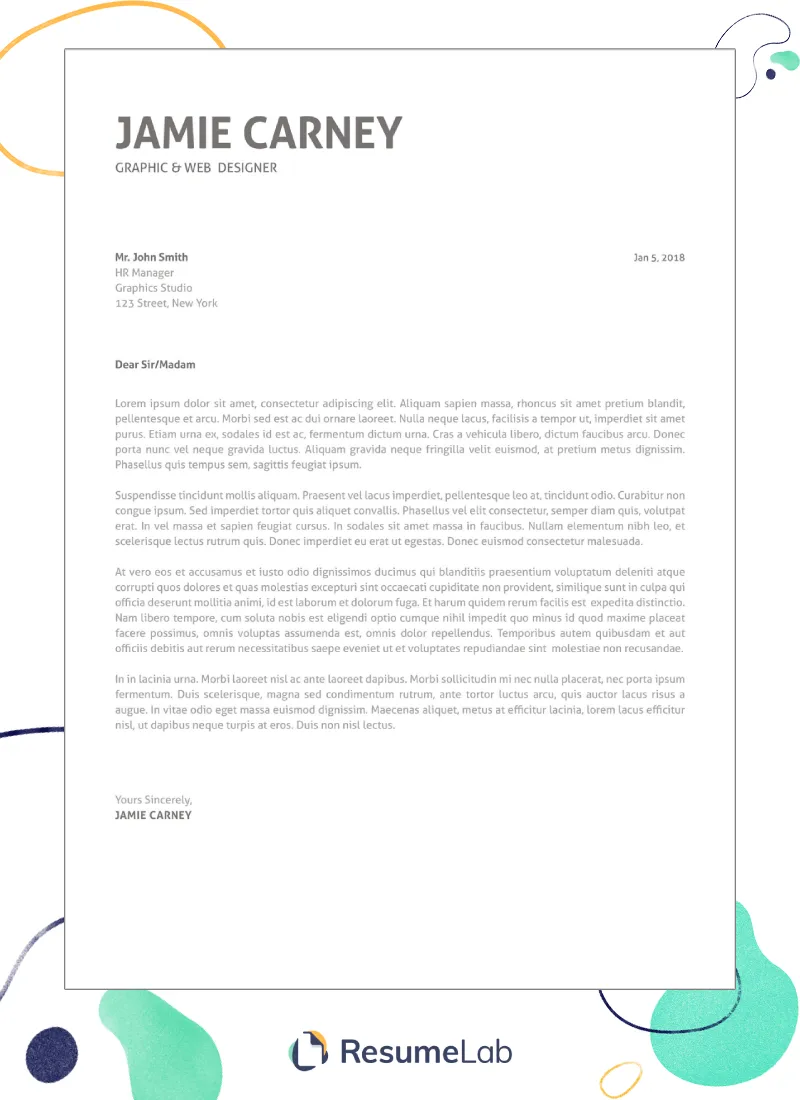
Incorporating relevant keywords and powerful action verbs into your cover letter is crucial for grabbing the hiring manager’s attention and highlighting your skills and accomplishments. When reviewing the job description, identify the key skills and qualifications the employer is looking for. Use these keywords naturally within your cover letter to showcase your alignment with the job requirements. Doing so increases the chance of your application passing through Applicant Tracking Systems (ATS). Use strong action verbs to start your bullet points and describe your experience. Verbs like ‘managed,’ ‘developed,’ ‘implemented,’ ’led,’ and ‘achieved’ give your accomplishments a sense of activity and dynamism. Avoid passive language, and focus on showcasing your accomplishments. When describing your responsibilities, emphasize what you achieved, not just what you did. By strategically using keywords and action verbs, you effectively demonstrate your value to potential employers, making your application more engaging and effective.
Tailoring for Each Job Application
Tailoring your cover letter for each job application is a critical practice that significantly enhances your chances of success. Generic cover letters often fail to capture the attention of hiring managers. Customization demonstrates that you’ve invested time and effort. Start by carefully reviewing the job description. Identify the key requirements, skills, and qualities the employer is looking for. Modify your cover letter to specifically address these points. Highlight your relevant experience and explain how your skills align with the needs of the role. Research the company and show your interest in its mission and values. Personalize your cover letter by mentioning specific projects, accomplishments, or skills directly related to the job description. Use the same keywords and phrases from the job posting to show you understand what the employer is seeking. This personalized approach not only makes your application more compelling but also shows the hiring manager that you are genuinely interested in the position and the company. By tailoring your cover letter, you greatly improve your chances of making a positive first impression and securing an interview.
